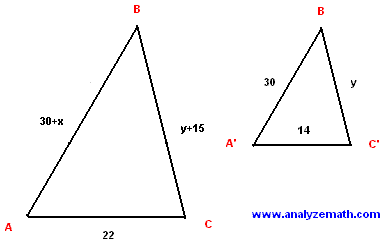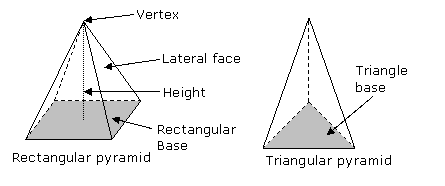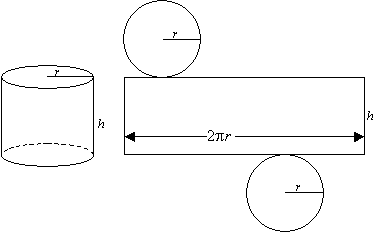Area scale factor can apply to any shape provided you have at least there of the quantities (areas or lengths) For example here are two triangles;
To find the area of the large triangle, you will need to first find the linear/length scale factor as the Step 1. In general to find the scale factor we divide the large quantity with the small quantity.
Scale factor = BIG/SMALL
=6/4
=1.5
=6/4
=1.5
Then Step 2 we would find the Area scale factor by squaring the linear scale factor;
ASF = LSF2
=1.52 = 2.25
=1.52 = 2.25
Step 3 we would multiple the area scale factor with the small area to find the area for the large triangle.
Area = 12 x 2.25
= 27cm2
The area for the large shape is 27cm2
Consider a rectangle 5cm by 2cm. |
We will start by multiplying the lengths by scale factor 2.
The rectangle is now 10cm by 4cm and the area is 40 cm².
The lengths were multiplied by 2, but the area has been multiplied by a scale factor of 4.
Now we will multiply the lengths in the original rectangle by scale factor 3.
The rectangle is now 15cm by 6cm and the area is 90 cm².
The lengths were multiplied by 3, but the area has been multiplied by a scale factor of 9.
Finally, we will try multiplying the lengths by scale factor 5.
The rectangle is now 25cm by 10cm and the area is 250 cm².
The lengths were multiplied by 5, but the area has been multiplied by a scale factor of 25.
You should see a pattern! When all the lengths are multiplied by k, the areas are multiplied by k².
Questions:
1.) A hexagon has area 60 cm².
 |
2.) Two similar rectangles are shown below:

|
(d) How many times bigger than the area of A is the area of B?
3.) A rectangle is shown below:
 (a) Scale Factor of 2: (b) Scale factor of 10: |
Answers:
1.) 540 cm squared (because the area scale is three squared which is nine)
2.)
(a) 2•6=12 cm squared
(b) 24•8=192 cm squared
(c) scale factor of 1:4
(d) 16 times bigger
3.) (a) scale factor of 2= 48
(b) scale factor of 10= 1200

































![[IMAGE]](http://www.mathgoodies.com/lessons/vol1/images/intro_triangle.gif)









